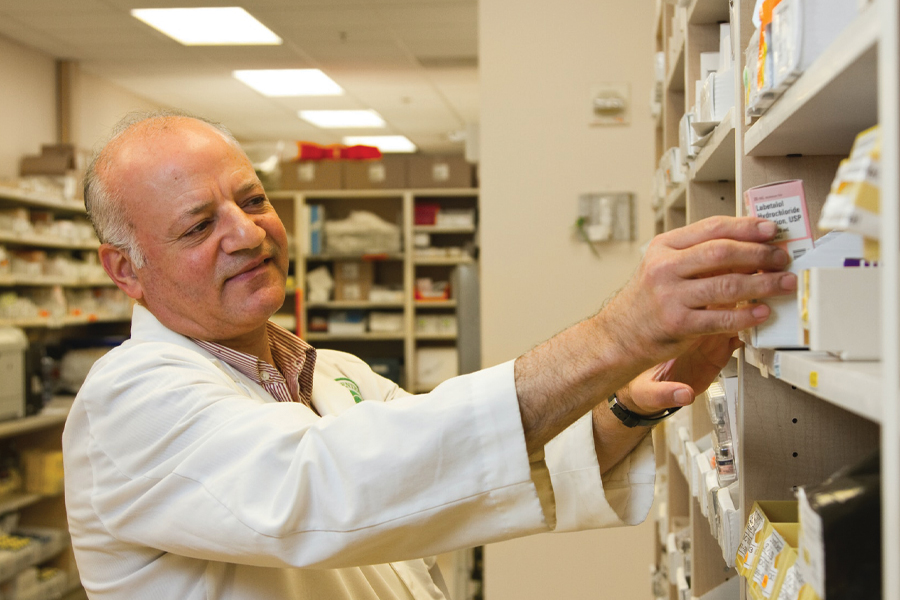Sainsbury’s has entered talks with suppliers over the future of its LloydsPharmacy space. This is being described by Sainsbury’s as a mere investigation,scenario research if you will, being conducted on a store-by-store basis.

This approach to commercialising the space on Sainsbury’s side is at beststrategically late and haphazard, and at worst a false promise for suppliers’cash. The appropriate use of that space should have been locked and loadedbefore the Lloyds announcement – maybe it was. I urge suppliers not to engageon this approach, as either way it will be futile.
On the face of it, there is a 240-store distribution opportunity. I say tosuppliers: don’t be dazzled, your listing fees will be pocketed and six monthslater the experiment will have failed.
The offer of new distribution whilst grabbing suppliers’ money to plug a leakyP&L has been done before. Back in the Philip Clarke era, Tesco saw this as away to stem the flow of losses. Suppliers rushed to shove in their flankerlines, invariably the same ones which didn’t previously make the cut based onconsumer needs. Their low-level sales cannibalised existing sales, whilstpipeline stocks and supply chain costs spiralled upwards for the retailer.
As always with these things, the ruse is veiled in a shroud of legitimacy: the‘food first 2.20’ initiative, giving suppliers a “key say” in its proposition.Frankly even that sounds rudderless. Sainsbury’s problem is losing market shareto discounters, and the chosen route is to keep prices low. Requests for lowercost prices appear to make sense, but the result of range extensions is rangeproliferation, ultimately dragging down the P&L. My prediction is that thiswould soon be followed by range rationalisation exercises – so effectively theyare widening the range so they can delete it again, later showing teeth whilstrequiring further cost reductions.
Whilst food should be at the heart of Sainsbury’s strategy, more food justworsens their position. Major superstore retailers need to repurpose theirspace whilst ideally creating a marketable traffic driver. Asda undoubtedlywins the prize for grasping this. Arguably with its portfolio of uniquely largestores, it faced the toughest challenge. However, under the Issa brothers,along with their forecourt convenience drive, they have attempted to find theright concession partnerships to gain a sustainable yield from their excessspace. Following on from B&Q and New Look, The Entertainer toys and Claire’saccessories seem to have struck the right note. Symbiotically they also attractnew target food shoppers. This is a truly strategic way to address the rootcause of today’s challenge.
Sainsbury’s could not easily get such a deal going before the Lloyds closuresare complete in 2024, but hopefully (for its own sake) that is its plan. Whichonce again highlights how divisive and tactical the supplier distributionpromise actually is. So, unless suppliers have an in-out innovation market testor some similar requirement, I would steer clear.


